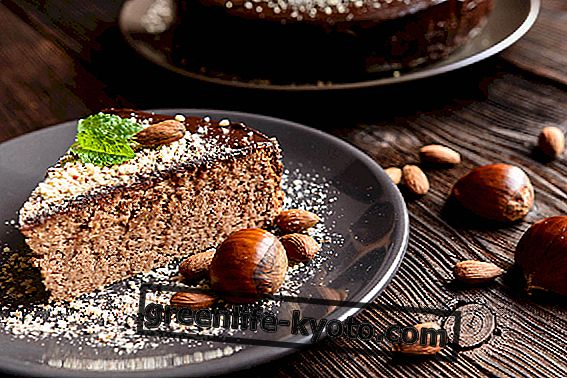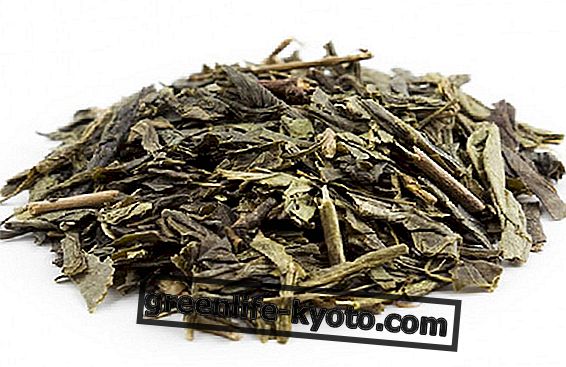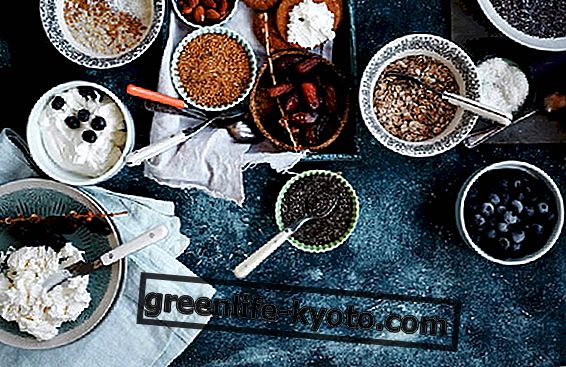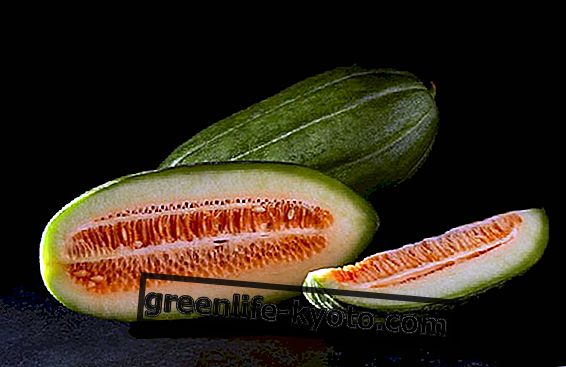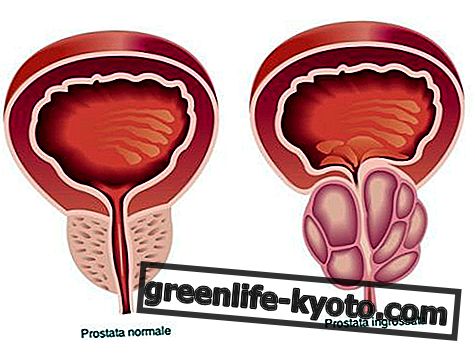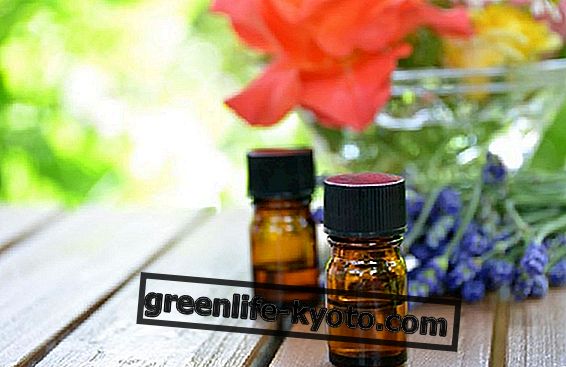Cajeput essential oil is derived from Melaleuca leucadendron, a plant of the Mirtaceae family. Known for its many properties, it is useful for the respiratory and urinary tracts and against intestinal parasites . Let's find out better.
>

Properties and benefits of the essential oil of cajeput
Analgesic : if massaged on painful parts, it performs an anti-inflammatory action, useful in the symptomatic treatment of headache, joint pain, arthritis, neuralgia and gout.
Antibiotic : its vapors perform a bactericidal action against beta-hemolytic streptococci, diplococci, and various species of staphylococci, especially with regard to certain strains responsible for flu and fever, respiratory tract diseases and the urogenital system. Consequently, the essential oil of cajeput finds valid application in the treatment of infections such as cystitis, urethritis or the first part of the vaginal canal both of bacterial origin (infections with Enterobacteriaceae, staphylococci and streptococci) and fungal (species caused by proliferation of Candida albicans) .
Balsamic : the mucolytic and expectorant properties of this essence make it an effective remedy for the treatment of inflammation of the respiratory system such as a cold, sore throat, cough.
Pesticide : taken 2-3 drops in a teaspoon of honey, it can be validly used to counteract some intestinal parasites, such as Helminths, Ascarids and Bones and also finds application as a repellent of fleas, lice, and mosquitoes .
Vasoprotector : Cajeput essential oil can also be used as a decongestant and phlebotonic in the case of hemorrhoids and varicose veins.
Skin soothing: in case of skin diseases, wounds, dermatosis, gum inflammation, it helps to calm redness and irritation. It also seems to be able to prevent radiotherapy burns or, in any case, mitigate its effects on the skin. For this purpose it is possible to apply it pure before radiation therapy treatments. Afterwards it is preferable to use a mixture of this 50% oil with hypericum oil or rosehip oil.
Description of the plant
Originally from Australia, the Philippines, Indonesia and Vietnam, the cajeput is grown in Oceania, India and Florida. A evergreen tree up to 30 meters high, with ash-gray lance-shaped thick leaves and white spike inflorescences.
The trunk is flexible and covered with a whitish spongy bark that lashes easily.
Part used
leaves
Extraction method
Steam current distillation
Note the essential oil of cajeput
Top note, fresh and balsamic scent with a slightly fruity shade
The essential oil of cajeput among the natural remedies against colds: discover the others

Use and practical advice on the essential oil of cajeput
Environmental diffusion : 1 g of Cajeput essential oil for every square meter of the environment in which it spreads, using essential oil burners or in the water of radiator humidifiers, to purify the air and in the event of flu symptoms
Balsamic ointment : 10 gc in a neutral cream, mix and massage on the chest, three times a day, covering with a warm woolen cloth, for its antispasmodic properties that recommend its use in case of spasmodic coughs .
Suffumig i: put 10 drops of cajeput essential oil in a bowl of boiling water. Cover the head with a towel and inhale with the nose closed, interrupting from time to time, until the water releases more steam, in case of bronchitis, sinusitis and congestion of the respiratory tract.
Contraindications of the essential oil of cajeput
No contraindications are described in the use of this essential oil even if caution is advised in the states of pregnancy.
Background
The name of the plant and oil comes from the Malay kaju-puti, which means " white tree ", due to the color of the wood.
In collaboration with Erboristeria del Pigneto




